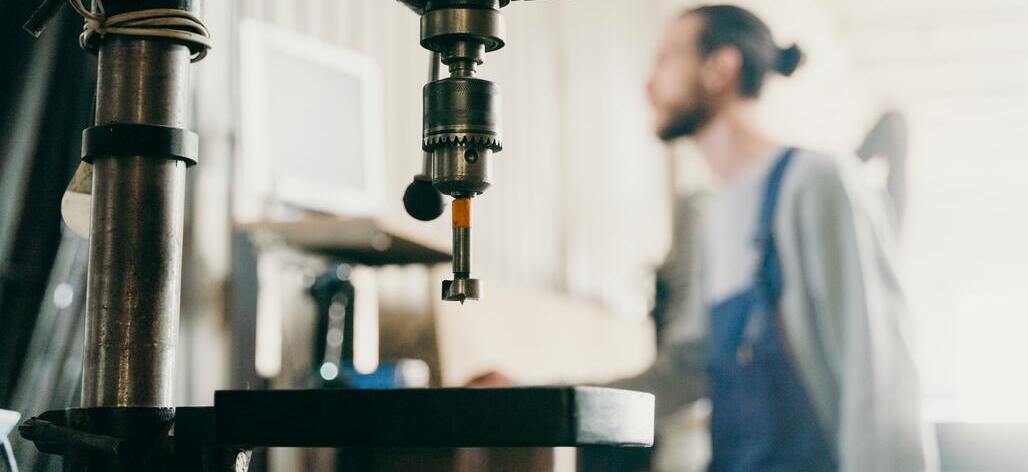Automotive production – get to know the automotive industry from the inside out
Passenger cars are sometimes known colloquially as “four wheels”, but most of us know very well that cars consist of many more components than you can see at first glance. Although car manufacturers of well-known brands often have huge and extensive factories, it is also worth realizing that external companies are often involved in the process of creating a single car. The car industry, which is referred to as the automotive industry, is an extremely powerful business sector, which is a source of good income for both entrepreneurs holding managerial positions and specialists working in it. Find out more about it.
What does automotive produce?
A shiny car that just leaves the showroom can make a considerable impression on observers, but it cannot be denied that its creation is often due to the hard work of people and machines from many companies that have contributed. So what is created in production plants that operate in this future-oriented industry? The range of components and accessories produced for automotive is very wide. Therefore, these will be seats, headrests, dashboards, body parts, ventilation and parts that make up individual components. It cannot be denied that companies signing contracts with vehicle manufacturers take on a large part of the tasks related to the preparation of components. It is estimated that sometimes up to 80% of the vehicle is manufactured in the machine parks of production plants cooperating with the manufacturer.
Manufacture of car components
CNC Machining plays a key role in the automotive industry. Many car components, such as parts for drive systems, steering and braking systems, are created thanks to CNC machines, which can produce even complex shapes with high precision, repeatability, and efficiency. Therefore, this technology has significantly contributed to the development of an extremely profitable industry. Computer-controlled numerical devices are nothing more than tools that can relieve the operator in many activities. It is enough for the engineer-programmer to give the appropriate commands using a dedicated application, and the machines will know what to do. Often, for this purpose, you can use 2D or 3D models, which is possible thanks to the CAM module. In this case, high automation translates into many tangible benefits. Manufacturers can receive components on time and thus bring their cars to the market ahead of the competition.


